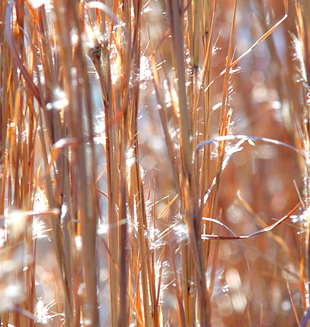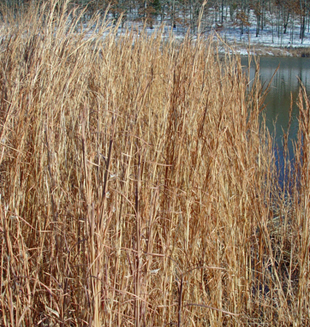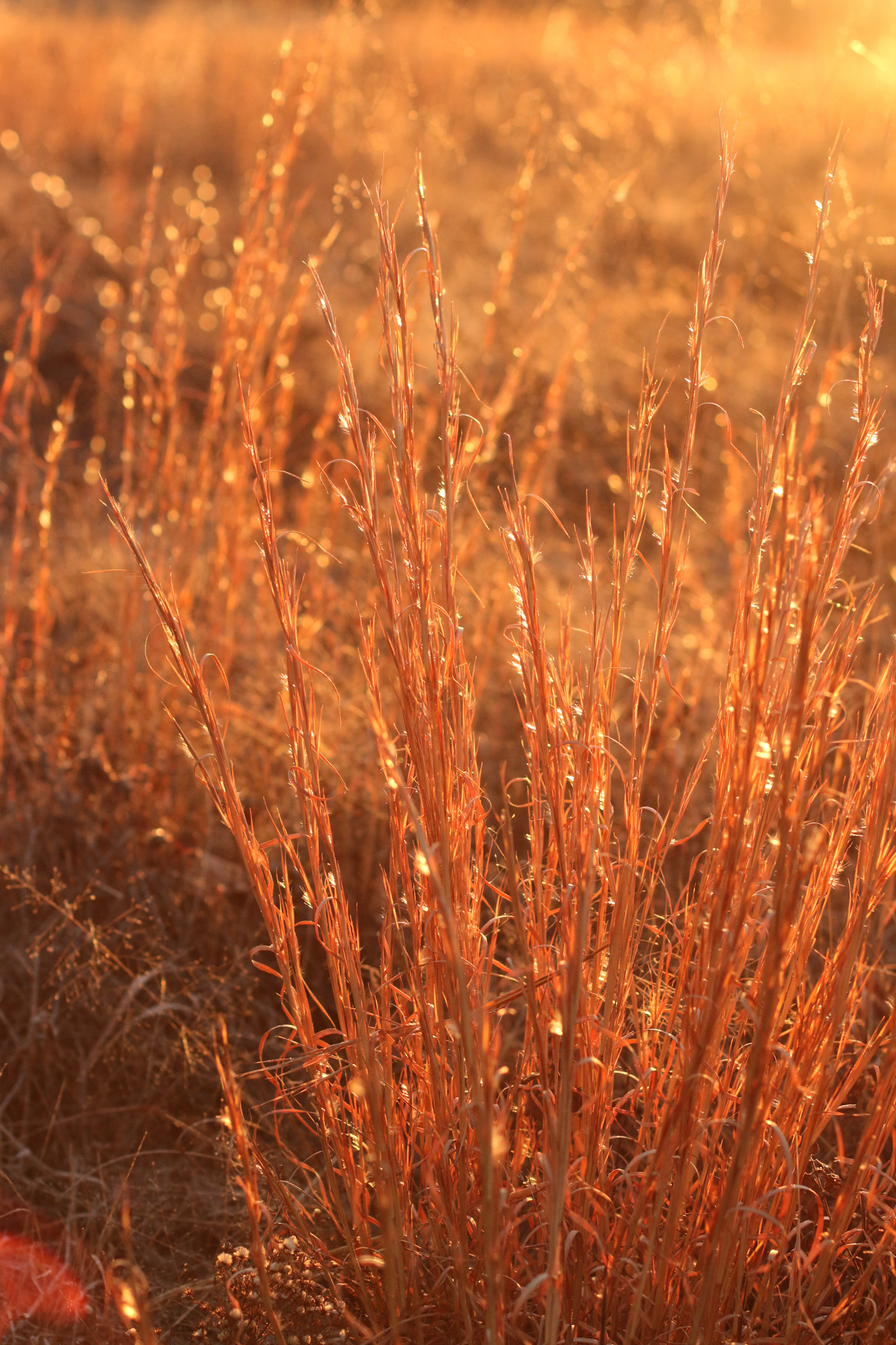Broomsedge
Andropogon virginica
Beautiful orange winter color; short companion grass tolerating a wide variety of soils
$3.00 – $63.00
For quantity discount pricing, request a quote.
Description
Andropogon virginica, has several common names including: Broomsedge, Virginia Bluestem, Yellowsedge Bluestem, Broom Sage, Whiskey Grass or Sage Grass. It is a native perennial bunch grass that typically grows 2-4 feet tall. Broomsedge grows on a wide variety of soils, preferring loose, sandy, moist sites with low fertility. Its presence indicates low phosphorus soils.
Wildlife notes
Various insects feed on Broom Sedge. These insects include the leafhoppers, piglet bugs, the scale insect, thrips, leaf beetles, Destructive Billbug, caterpillars of Cobweb Skipper, andCarolina Grasshopper. Because of the persistence of the dried-out foliage throughout the winter and into the summer of the following year, this bunchgrass provides shelter for various insects during the winter. It also provides cover and nesting habitat for the Bobwhite Quail, Greater Prairie Chicken, and other wildlife. Birds eating the seeds of Broom Sedge during the winter include the Slate-Colored Junco, Field Sparrow, and Tree Sparrow. Deer eat the young foliage.
Forage notes
Broomsedge is a quality forage when it is green and growing. Vegetative growth of broomsedge bluestem begins in early spring. The young foliage of this grass is palatable to cattle, buffalo, and other hoofed livestock.
Landscaping notes
Broomsedge bluestem is used as an ornamental plant. It is recommended for golf courses and residential landscaping because it requires low amounts of water. In the fall, the foliage turns a reddish orange and retains this color during winter dormancy, thereby adding color to the winter landscape. Andropogon virginicus is ideal for areas that require a plant that needs no special attention.
Restoration notes
Broomsedge is extremely adaptable to poor soil and it is drought tolerant. Habitats include hill prairies, upland sand prairies, upland clay prairies, upland savannas, upland sandy savannas, rocky glades, sandy or gravelly areas along railroads, pastures, abandoned sandy fields, open areas of parks, mined land, and barren waste areas. This grass tends to colonize open areas with infertile soil that have been subjected to a history of disturbance, whether from occasional wildfires, grazing, or other causes.
Watch a video about this plant:
Additional information
| Weight | N/A |
|---|---|
| Unit | Packet, Ounce, Pound |
| Light | Full Sun |
| Seeding Rate | 5 PLS lbs/acre |
| Soils | Dry, Average |
| Height | 24" – 36" |
| Bloom Month | Aug, Sep |
| Specialty Uses | Landscaping |
| Cattle Palatability | Good |
| # seeds/pkt | 200 |
| Packet coverage area | 5 sq. ft |
| Life Cycle | Perennial |
Related products
-


Dropseed, Tall
$3.00 – $37.00 View Product This product has multiple variants. The options may be chosen on the product page -


Fescue, Nodding
$3.00 – $124.00 View Product This product has multiple variants. The options may be chosen on the product page -

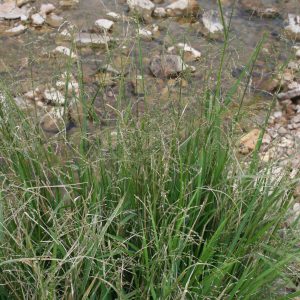
Fowl Manna Grass
$3.00 – $89.00 View Product This product has multiple variants. The options may be chosen on the product page -

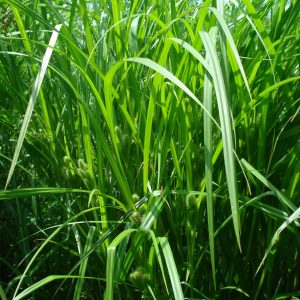
Sedge, Frank’s
$3.00 – $83.00 View Product This product has multiple variants. The options may be chosen on the product page
